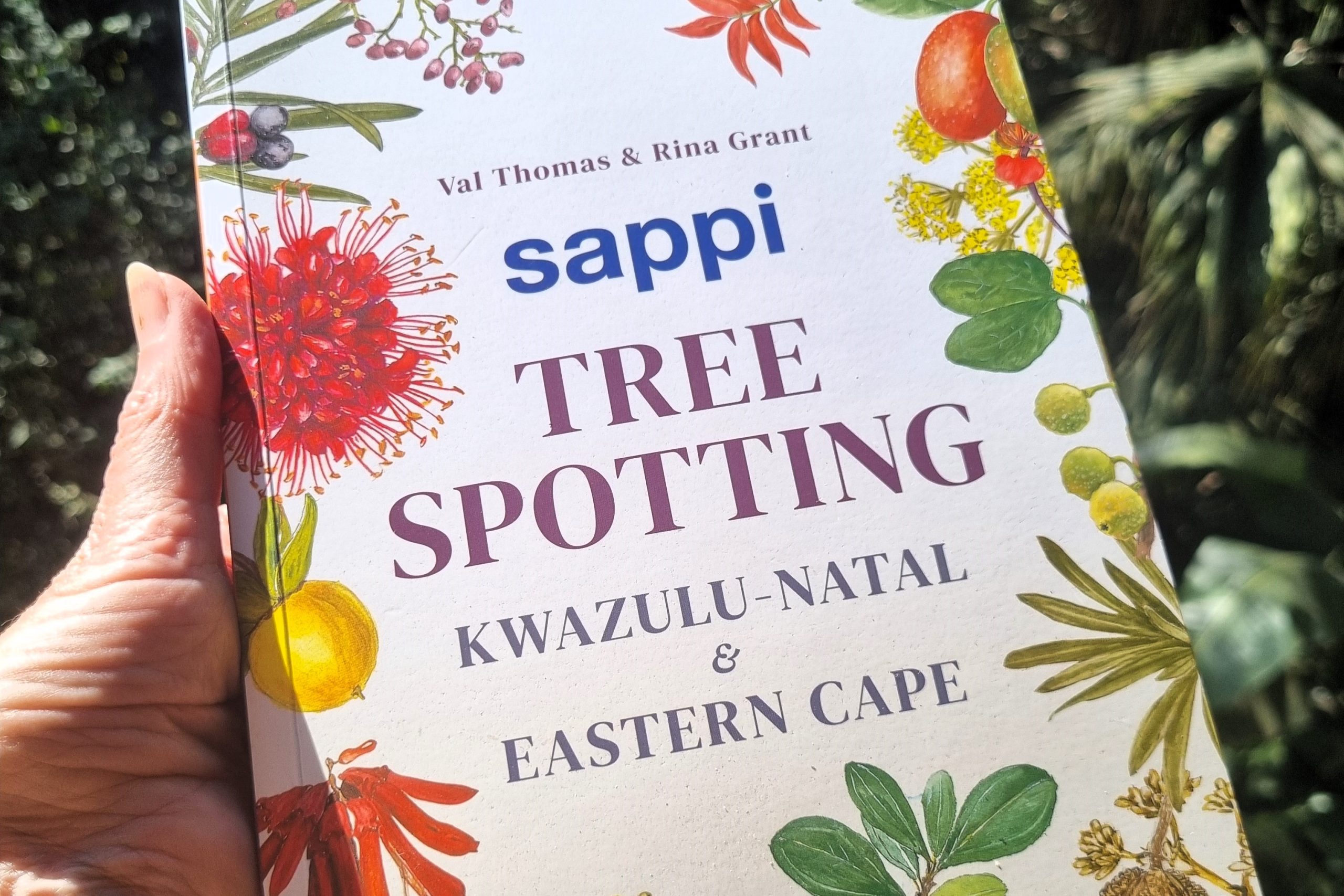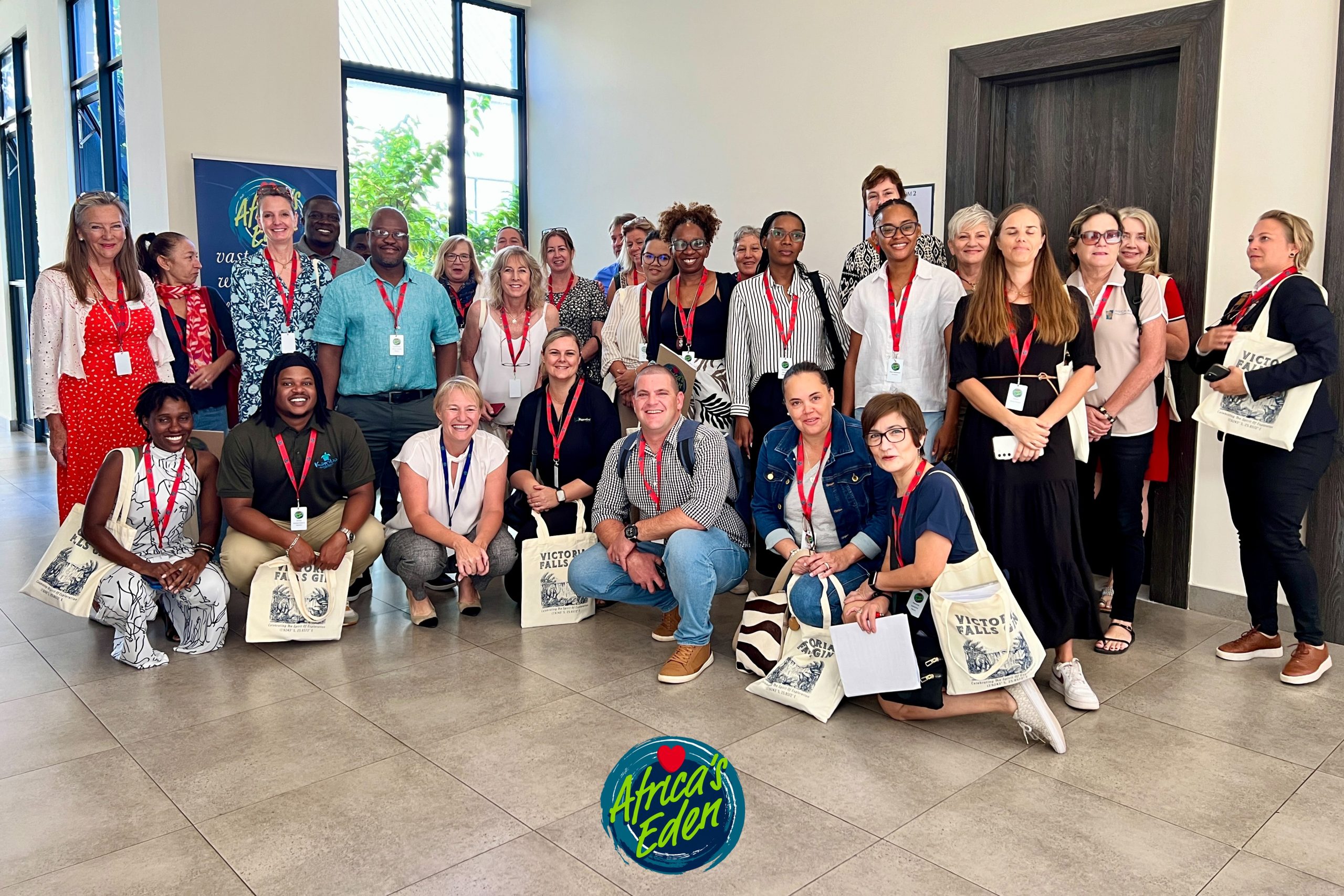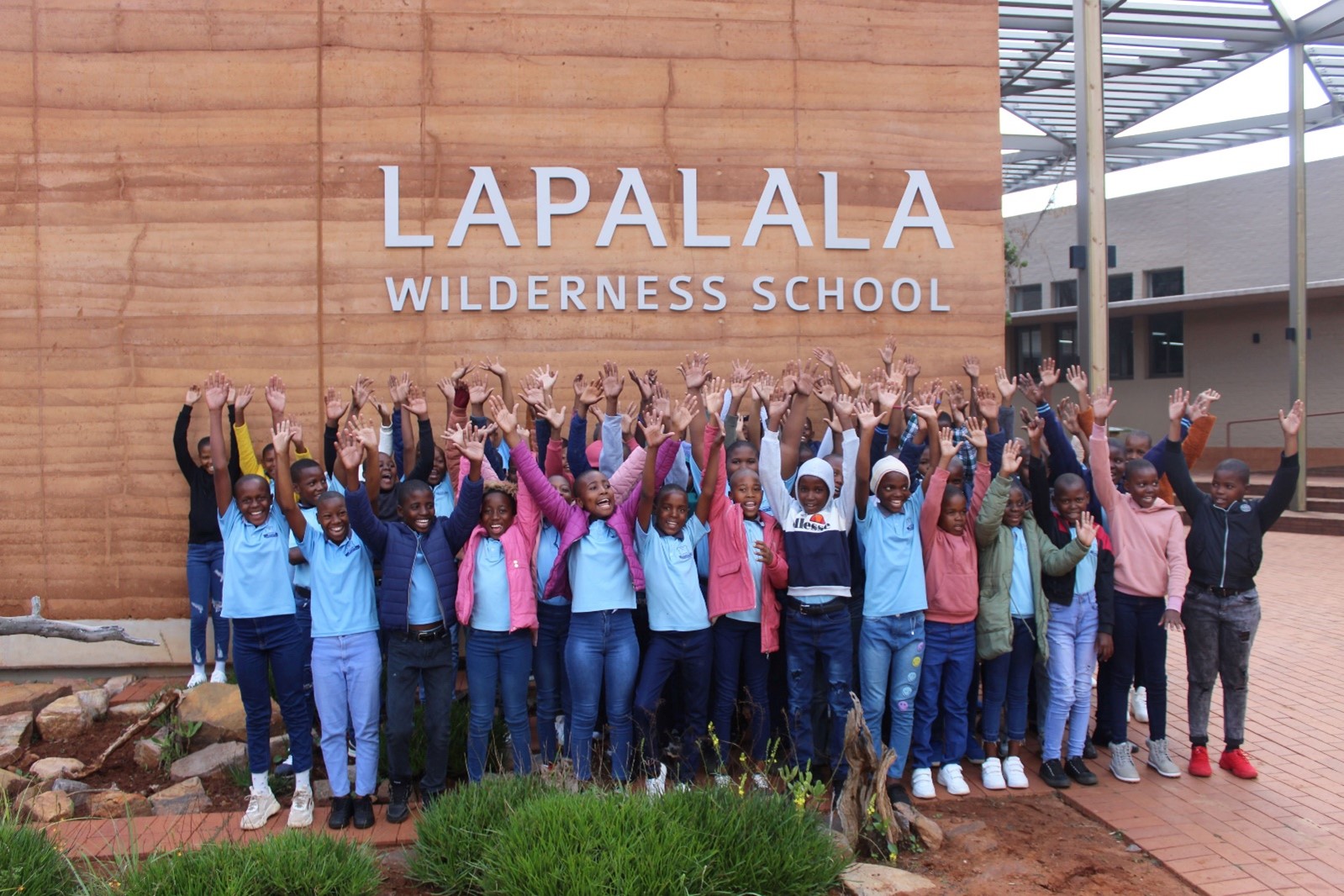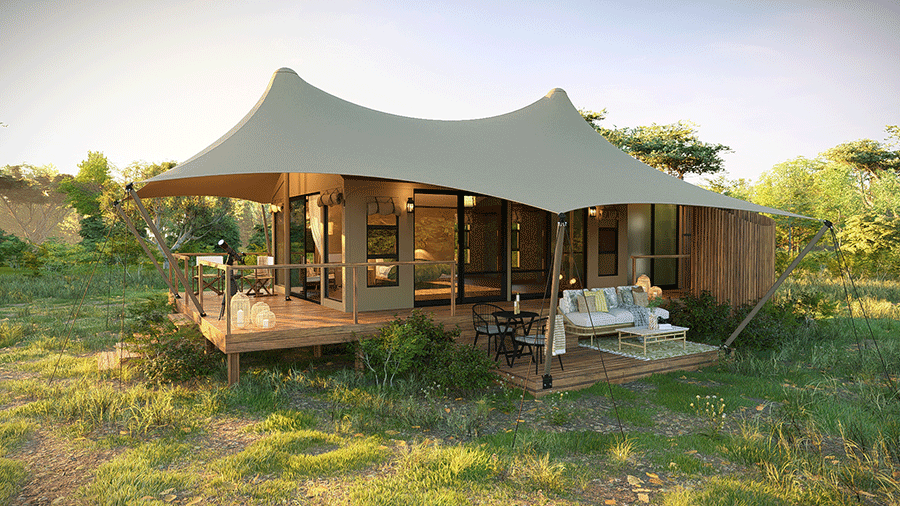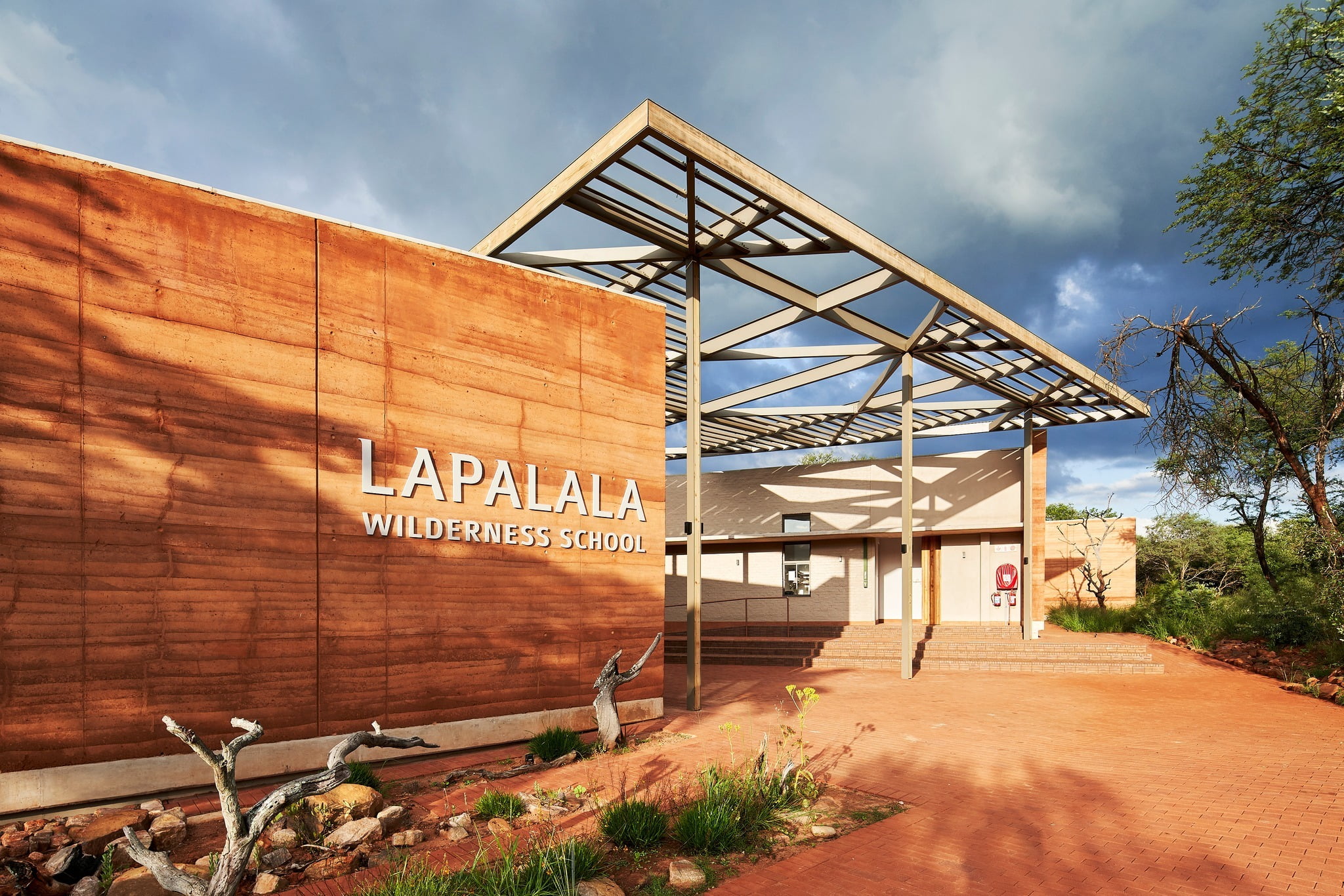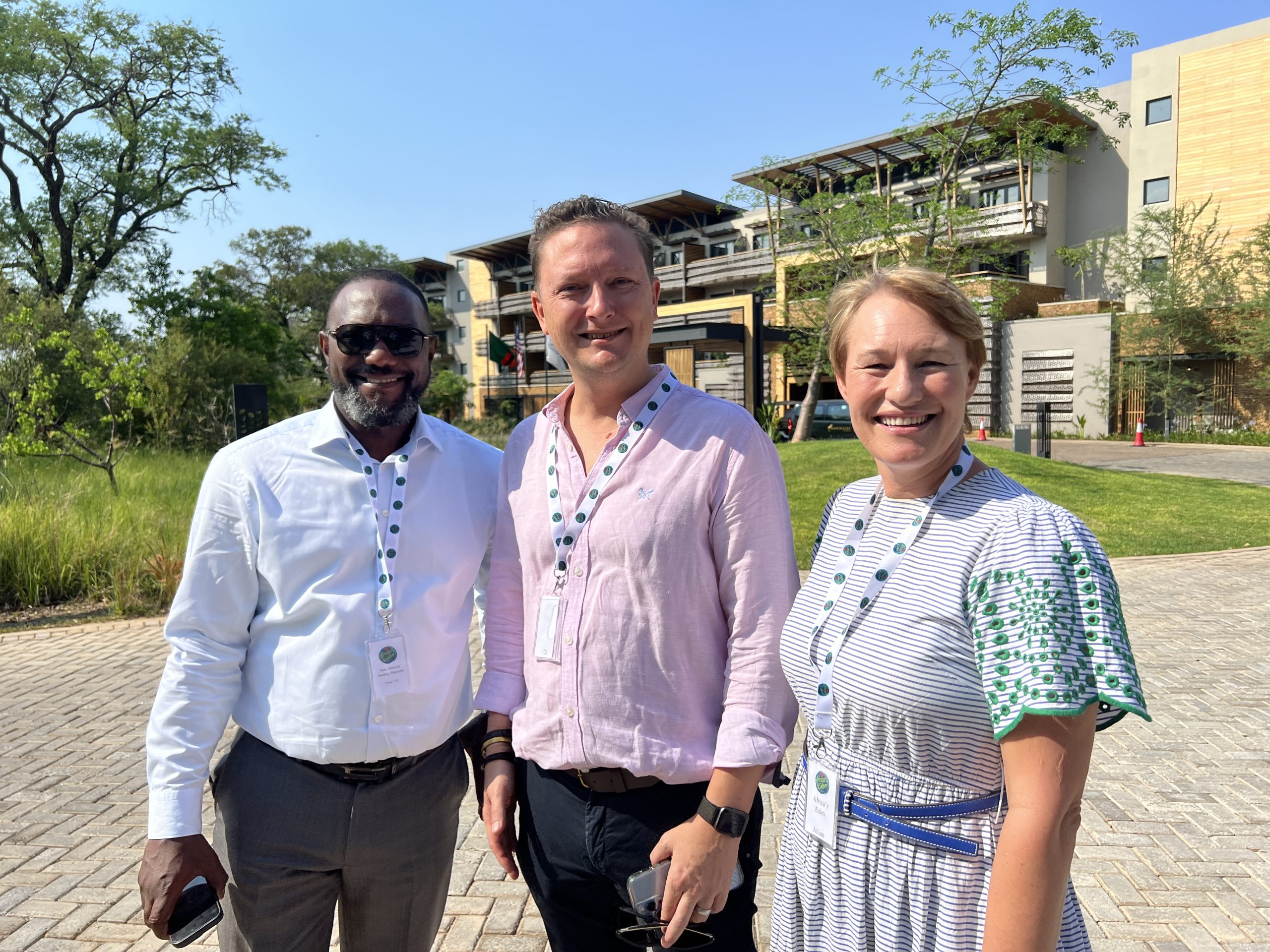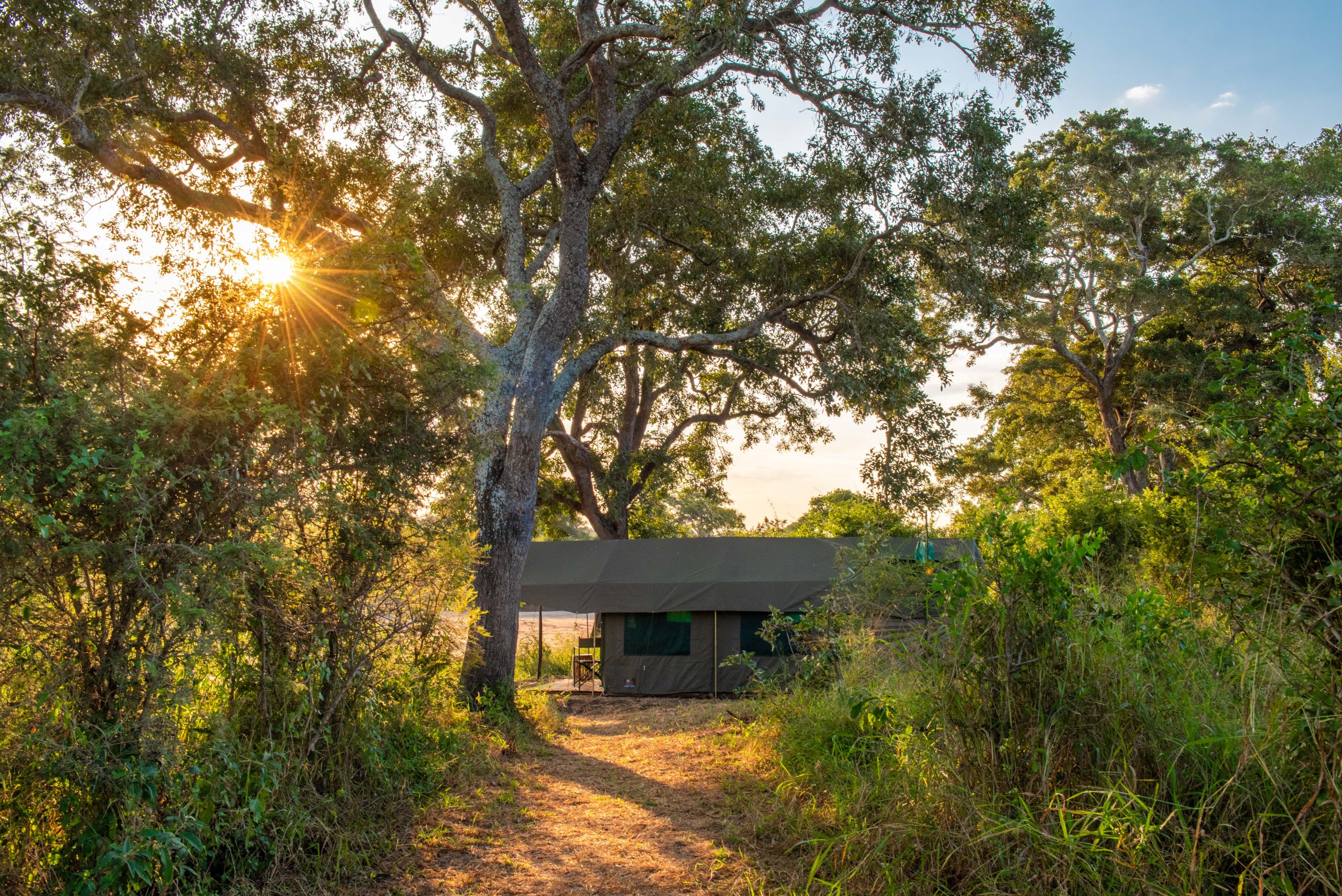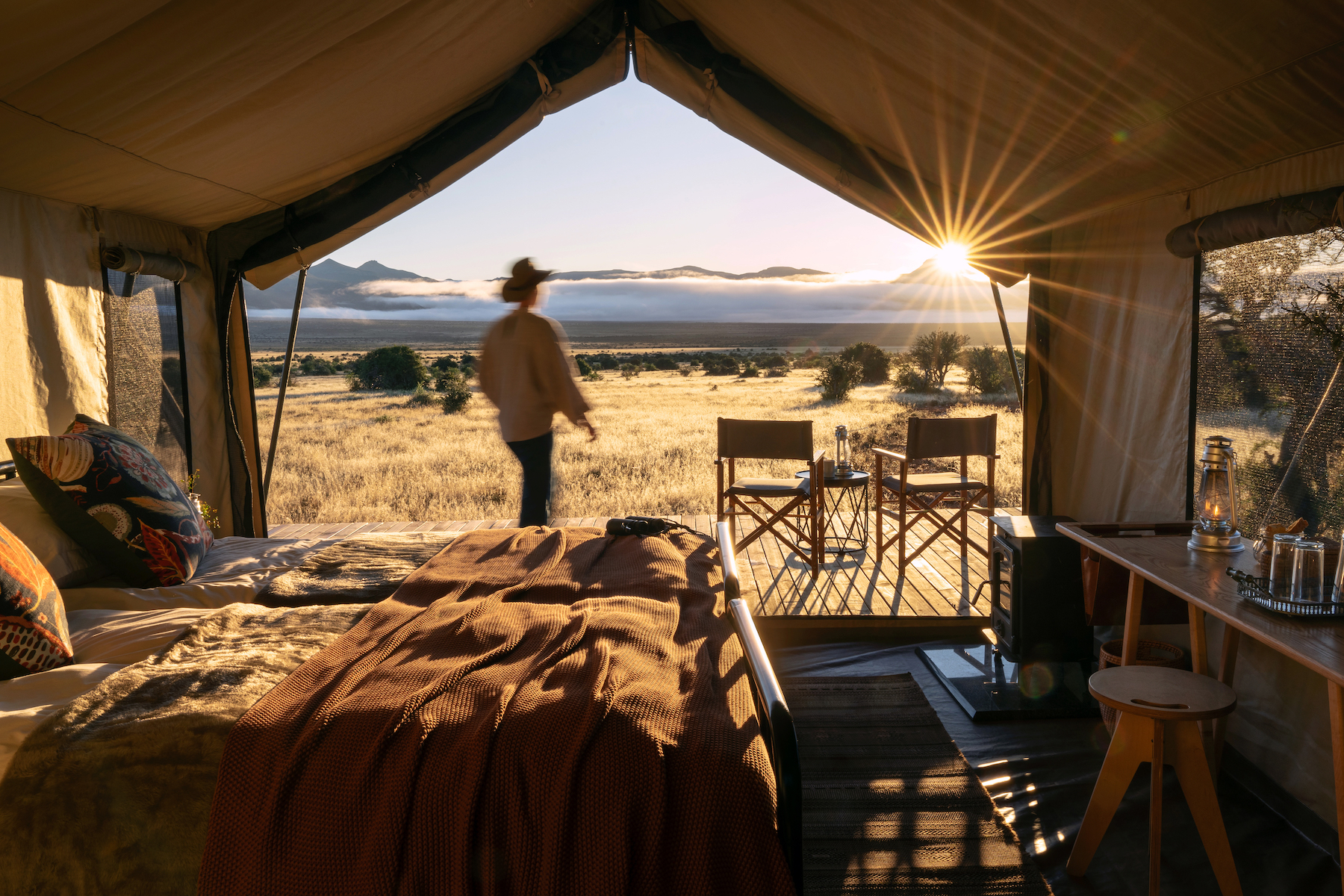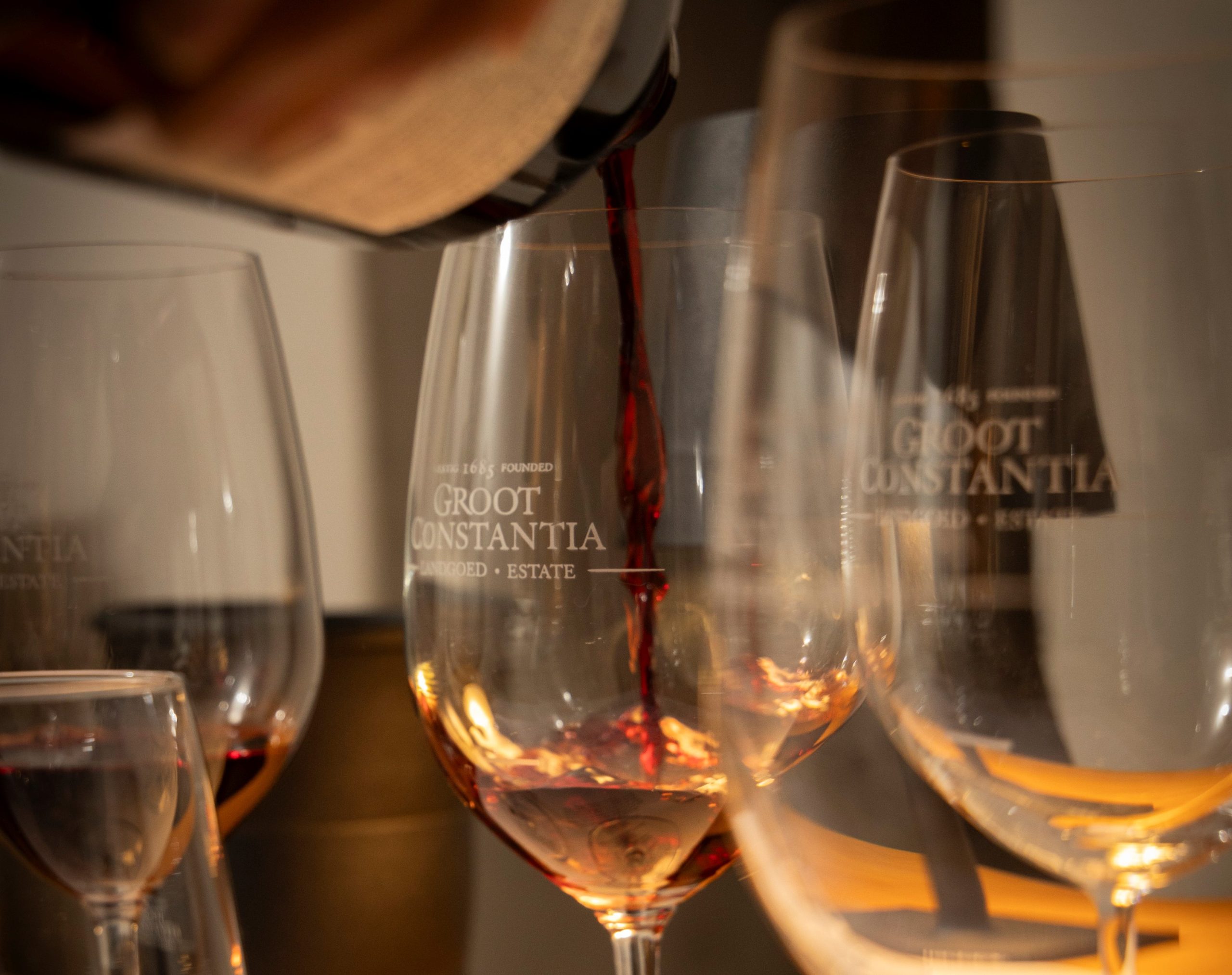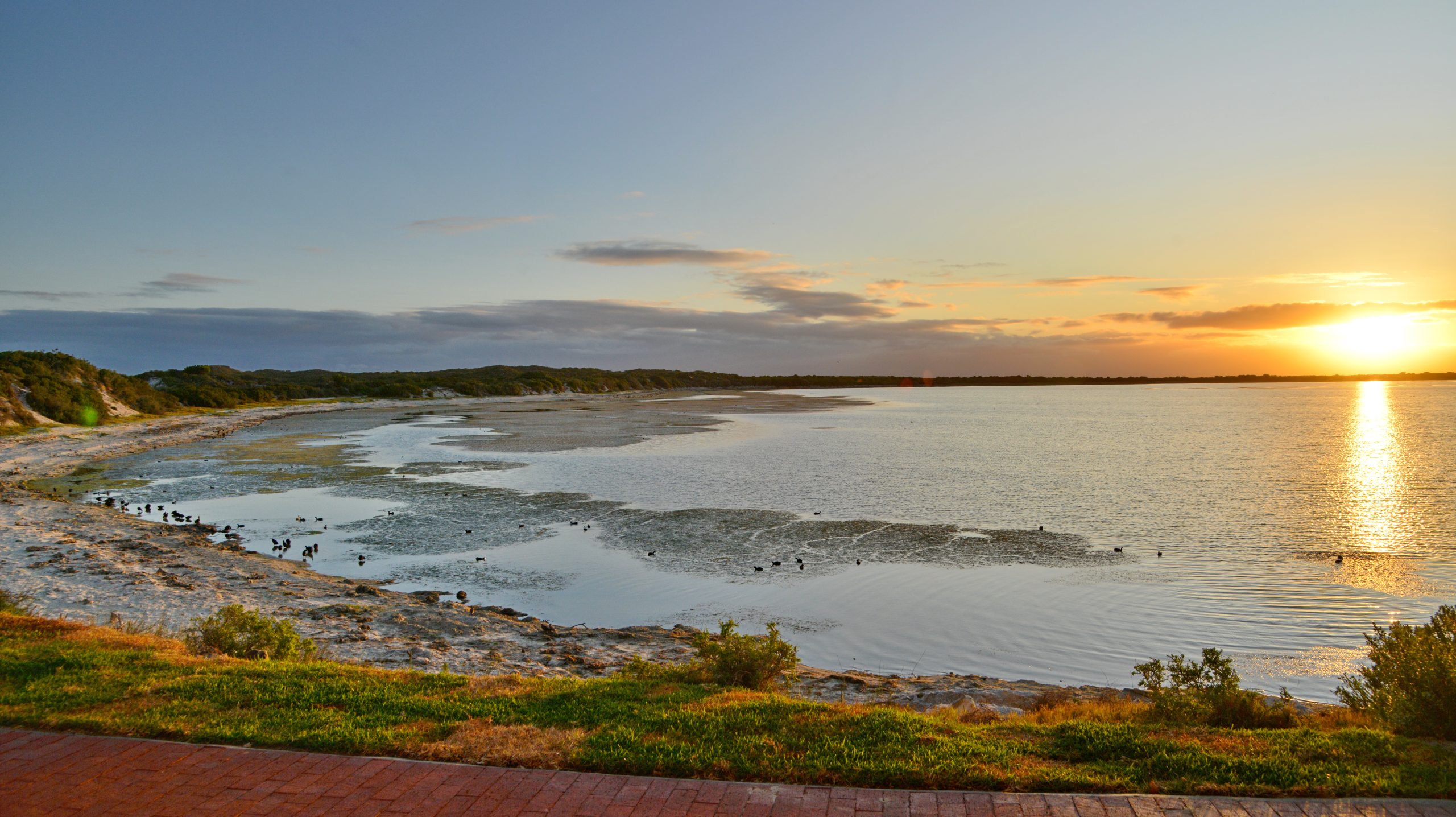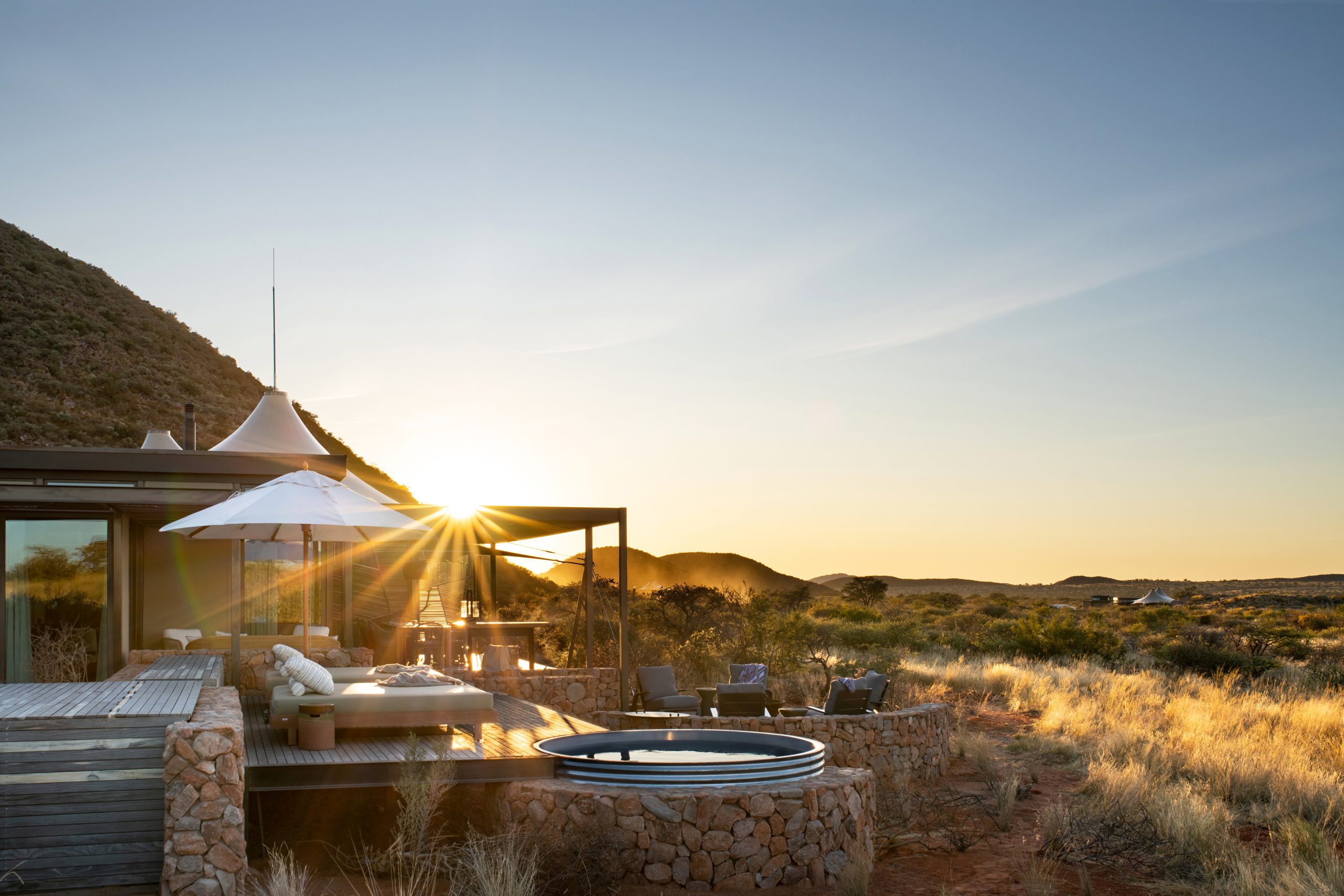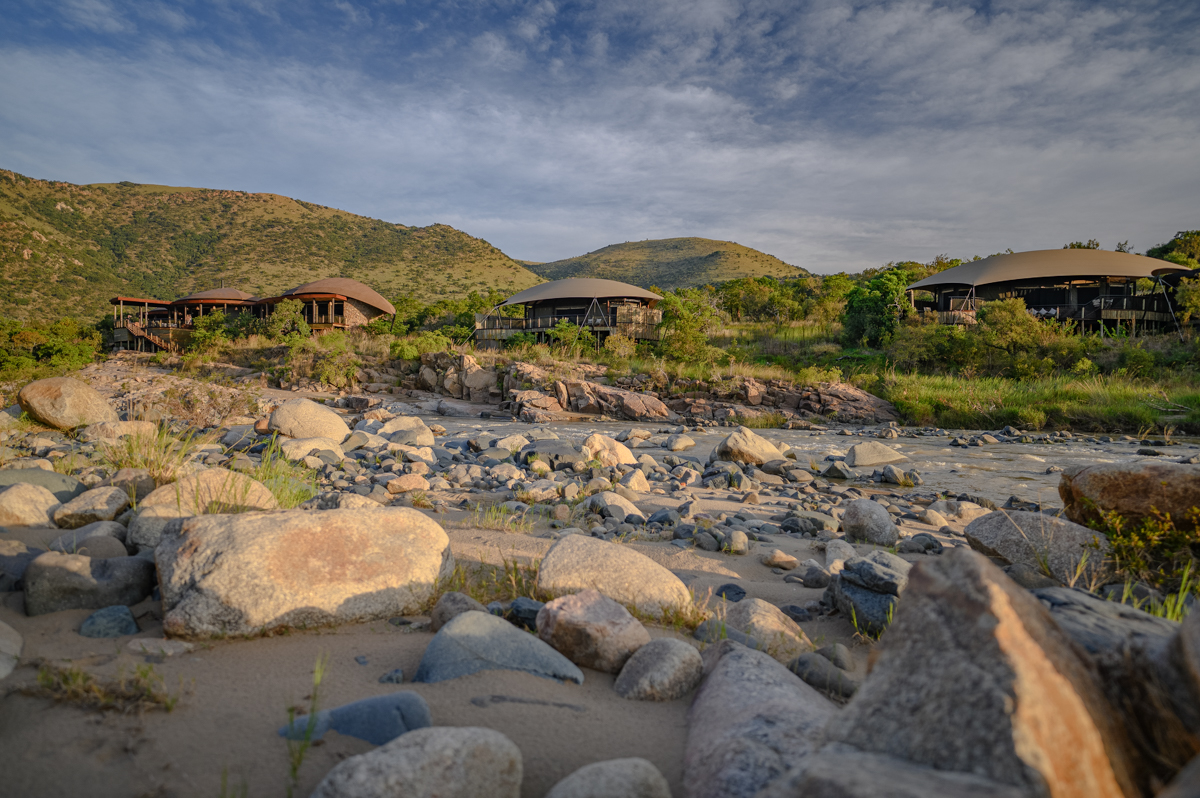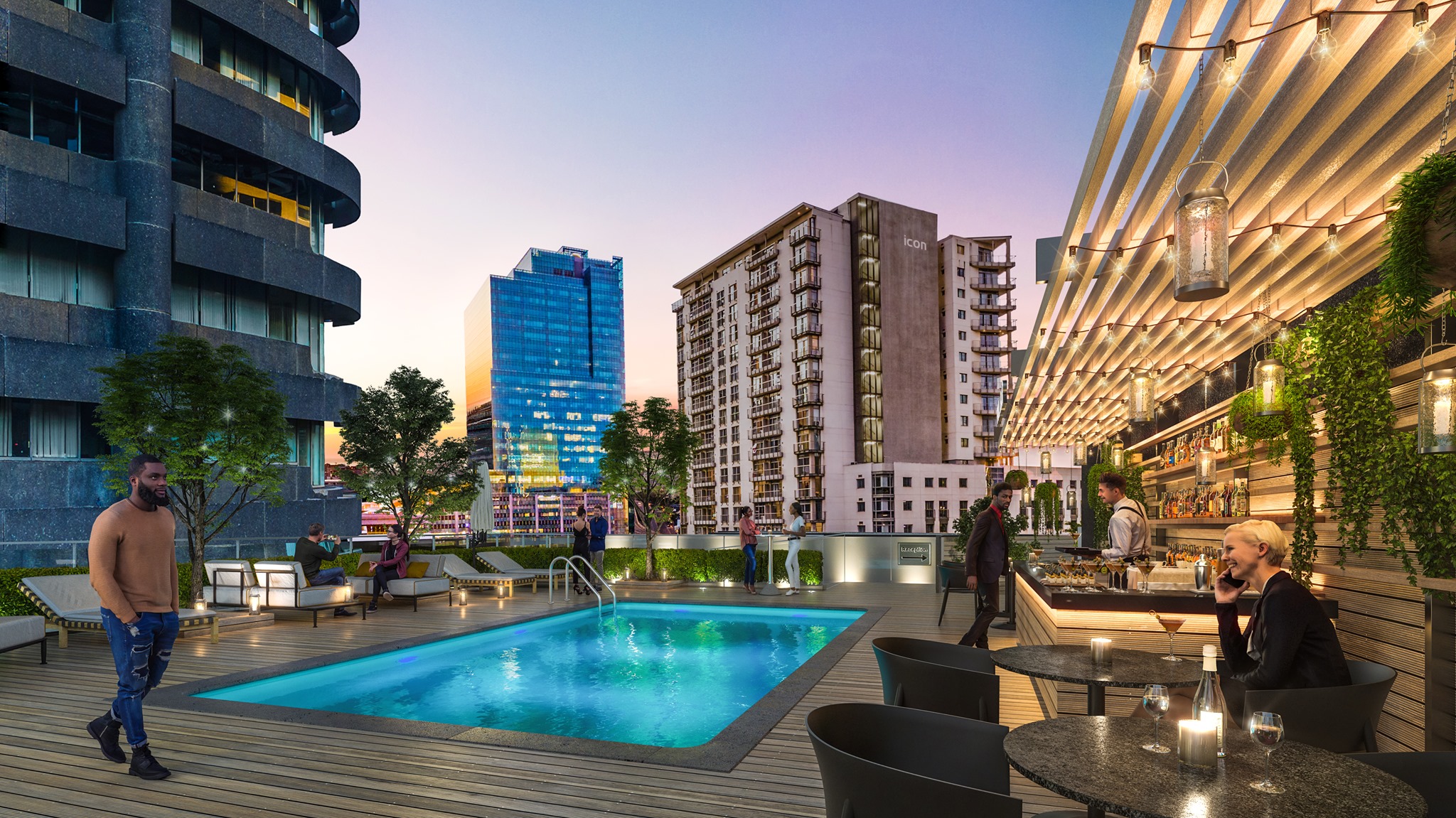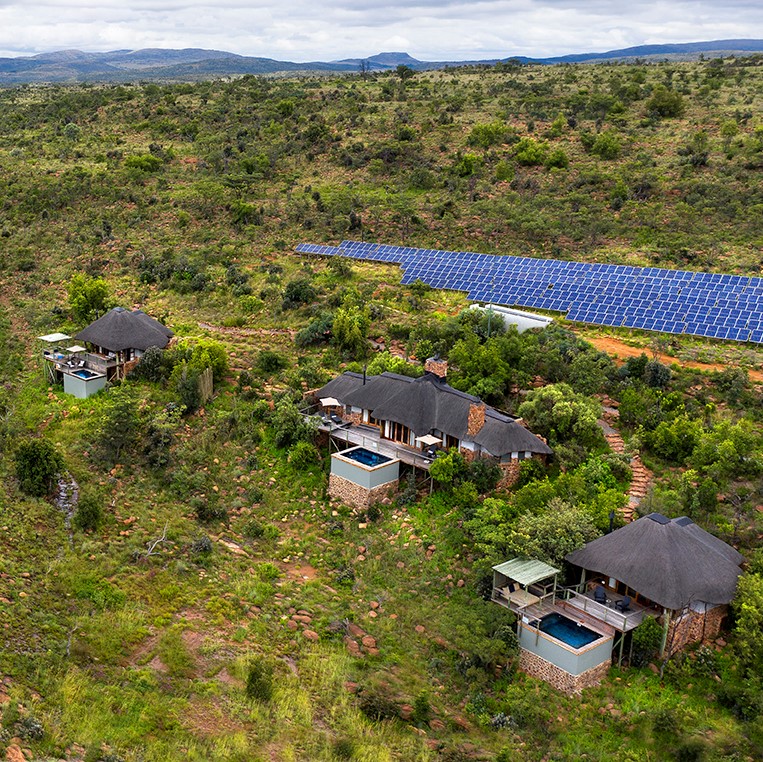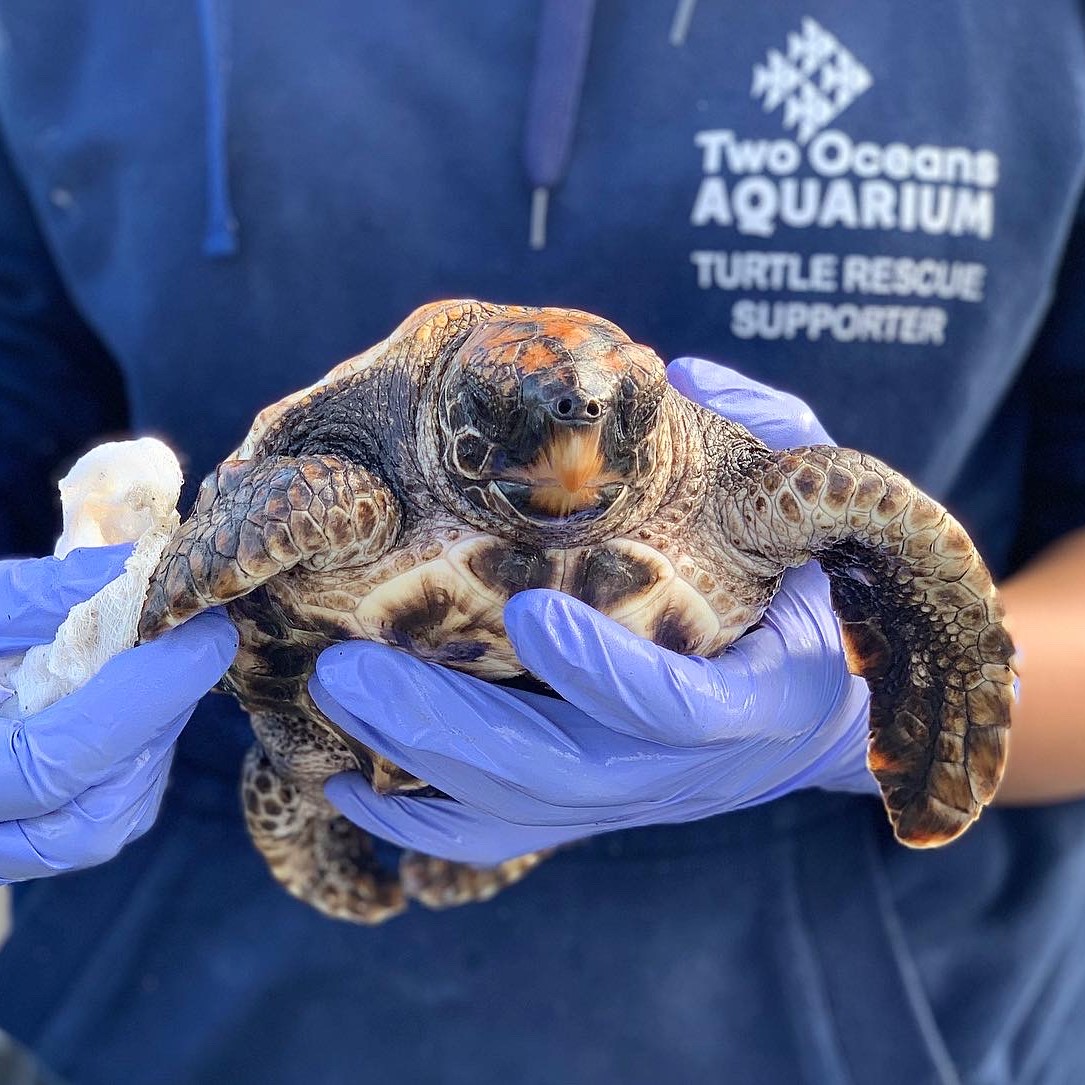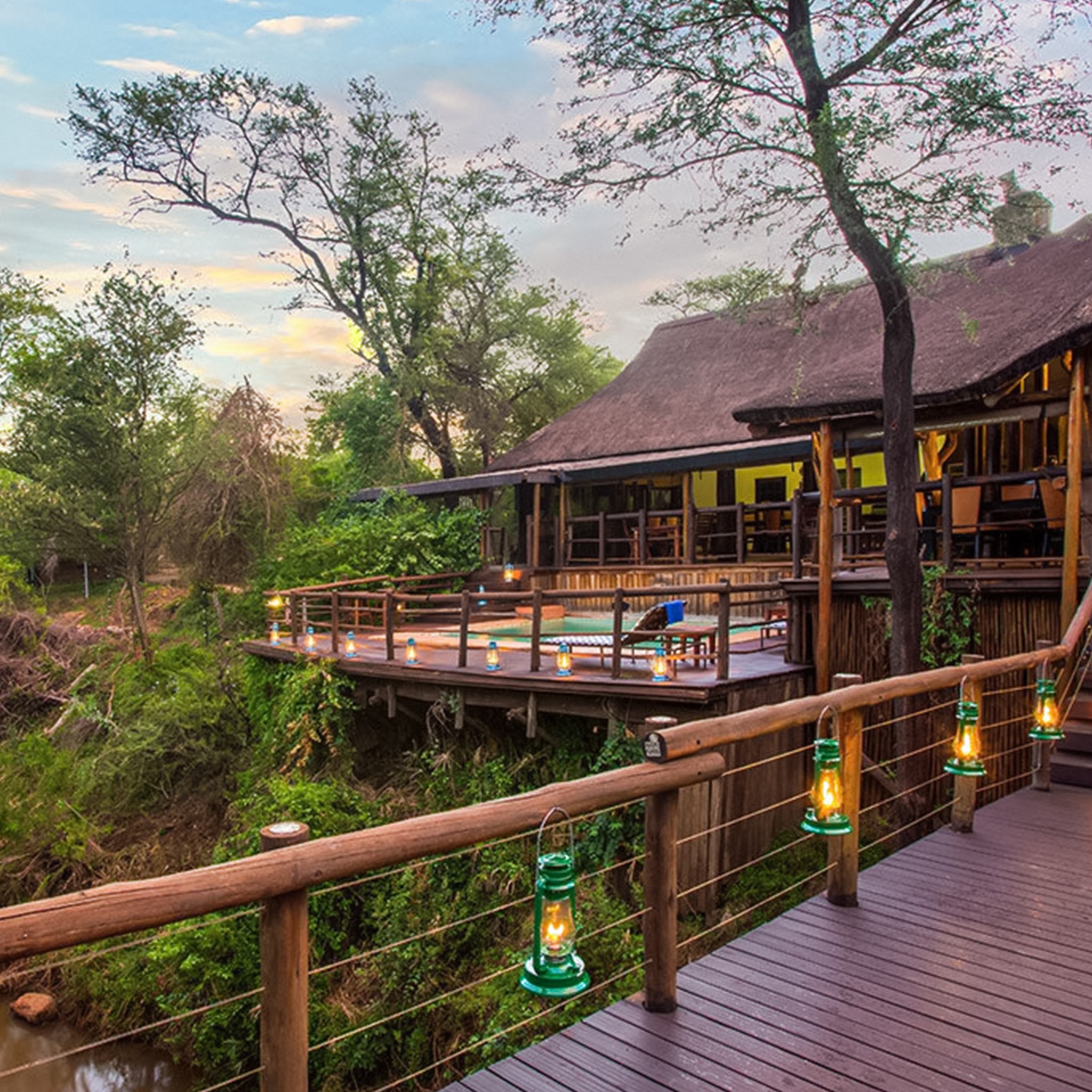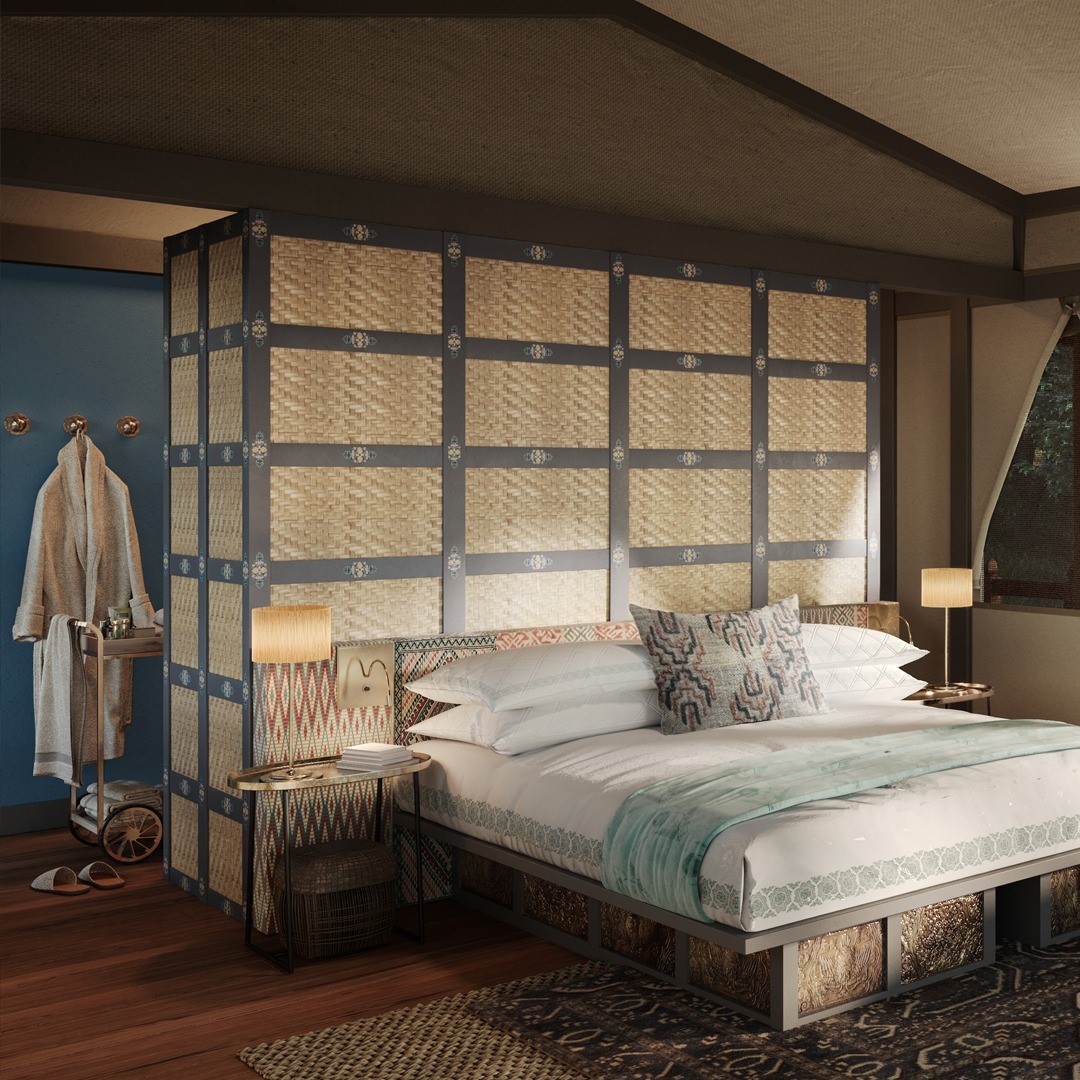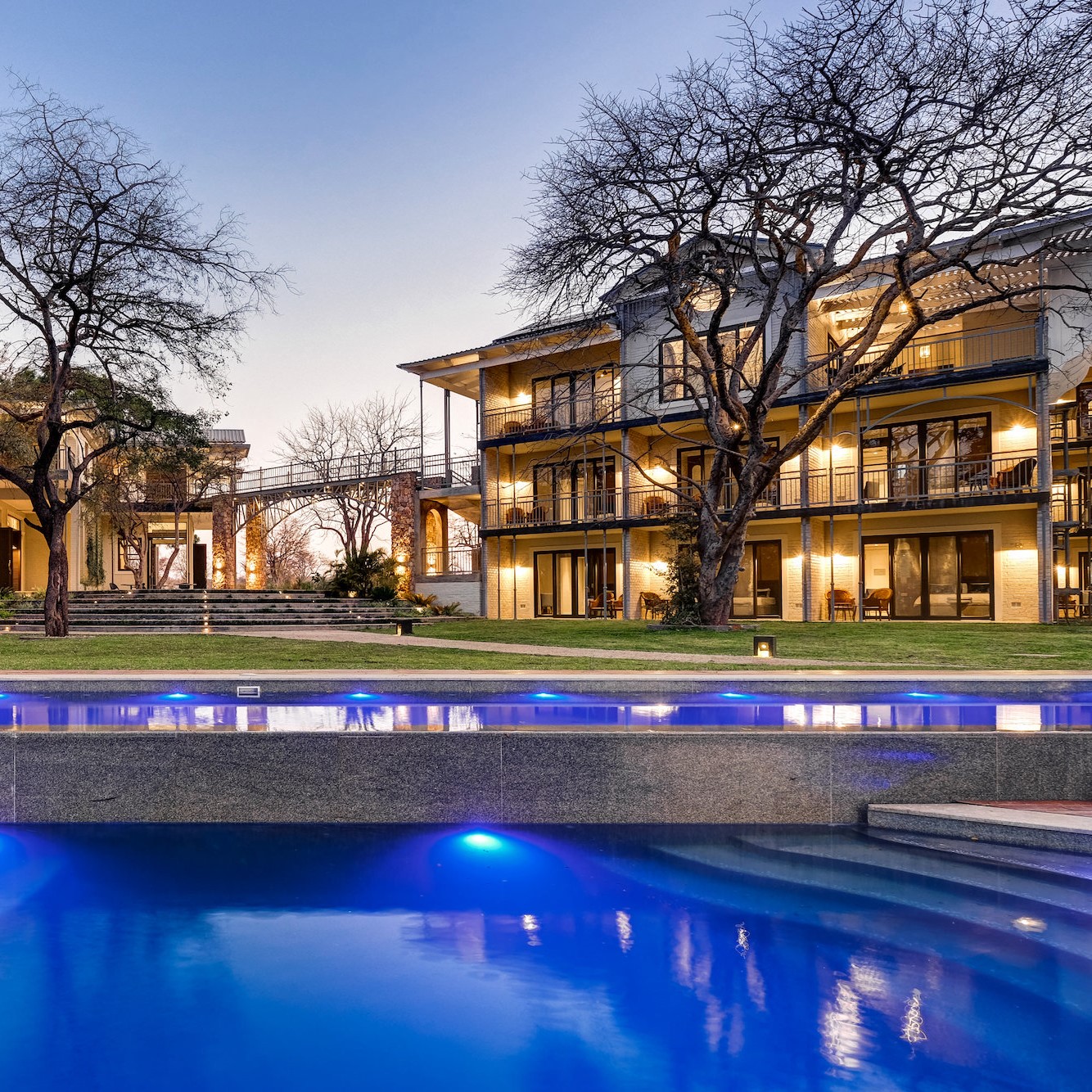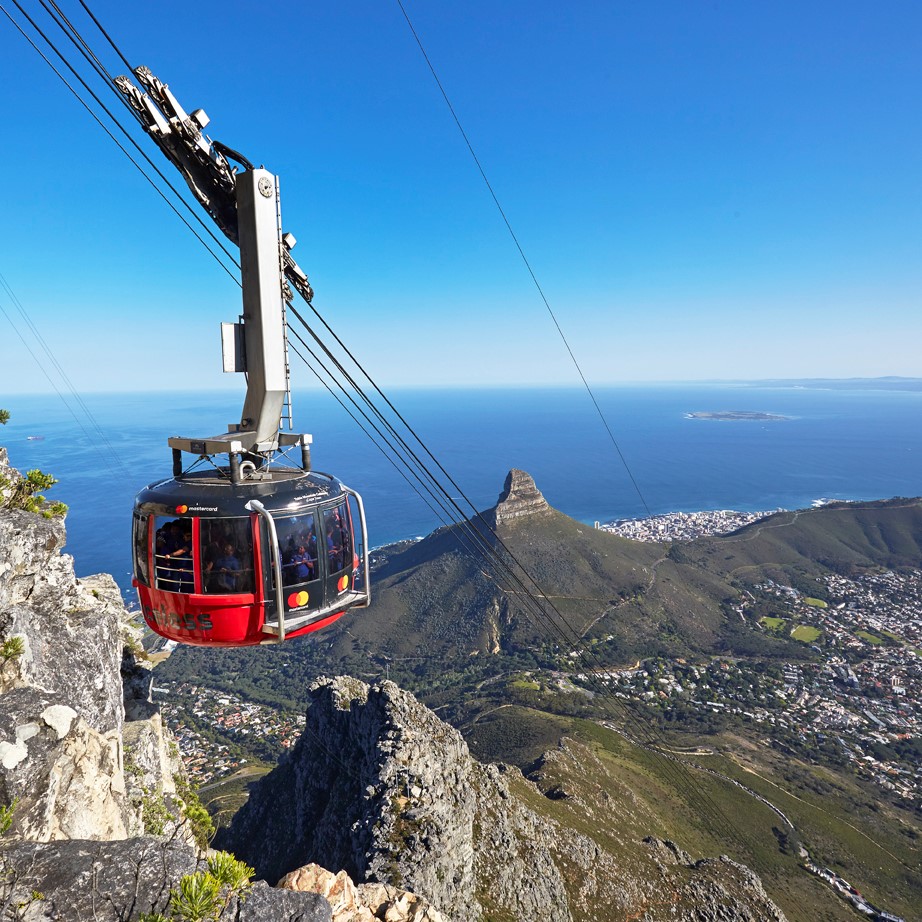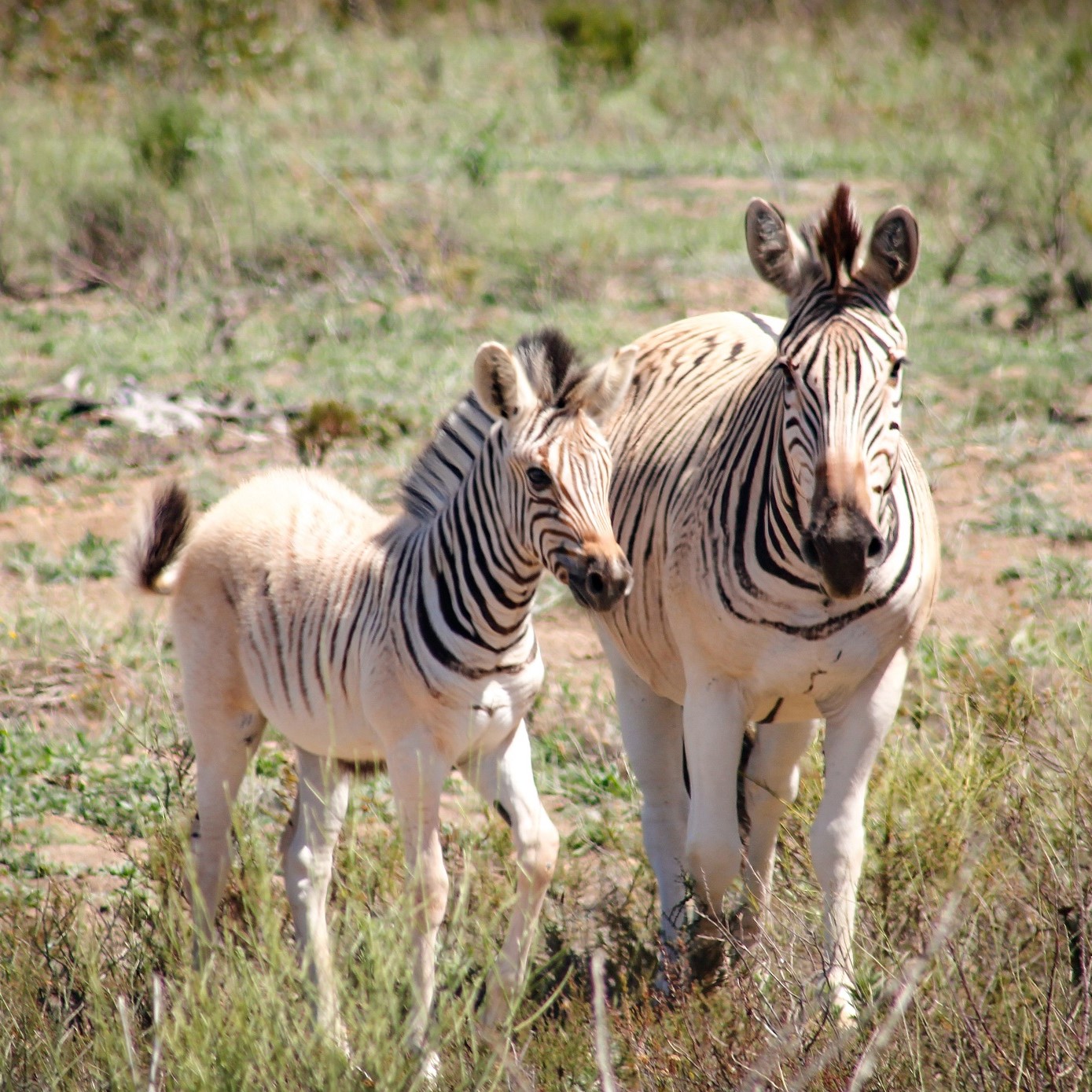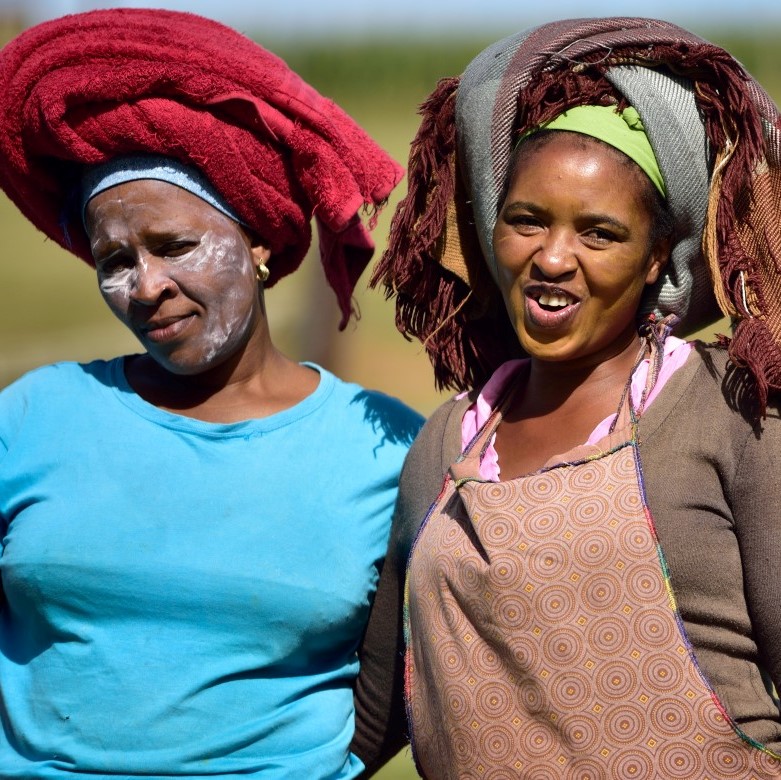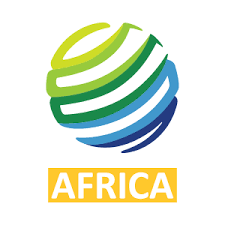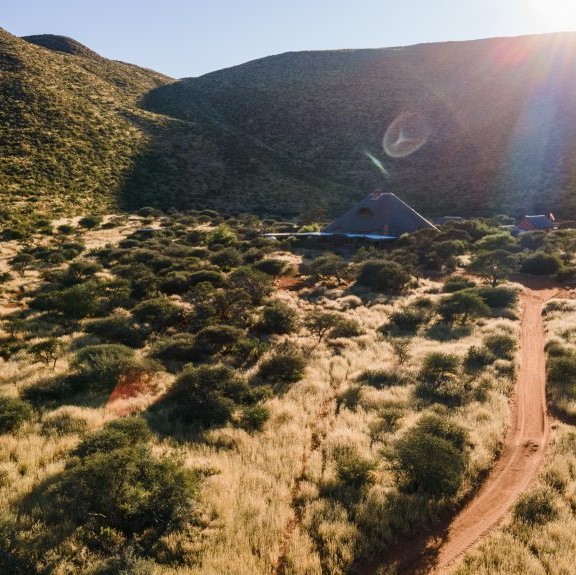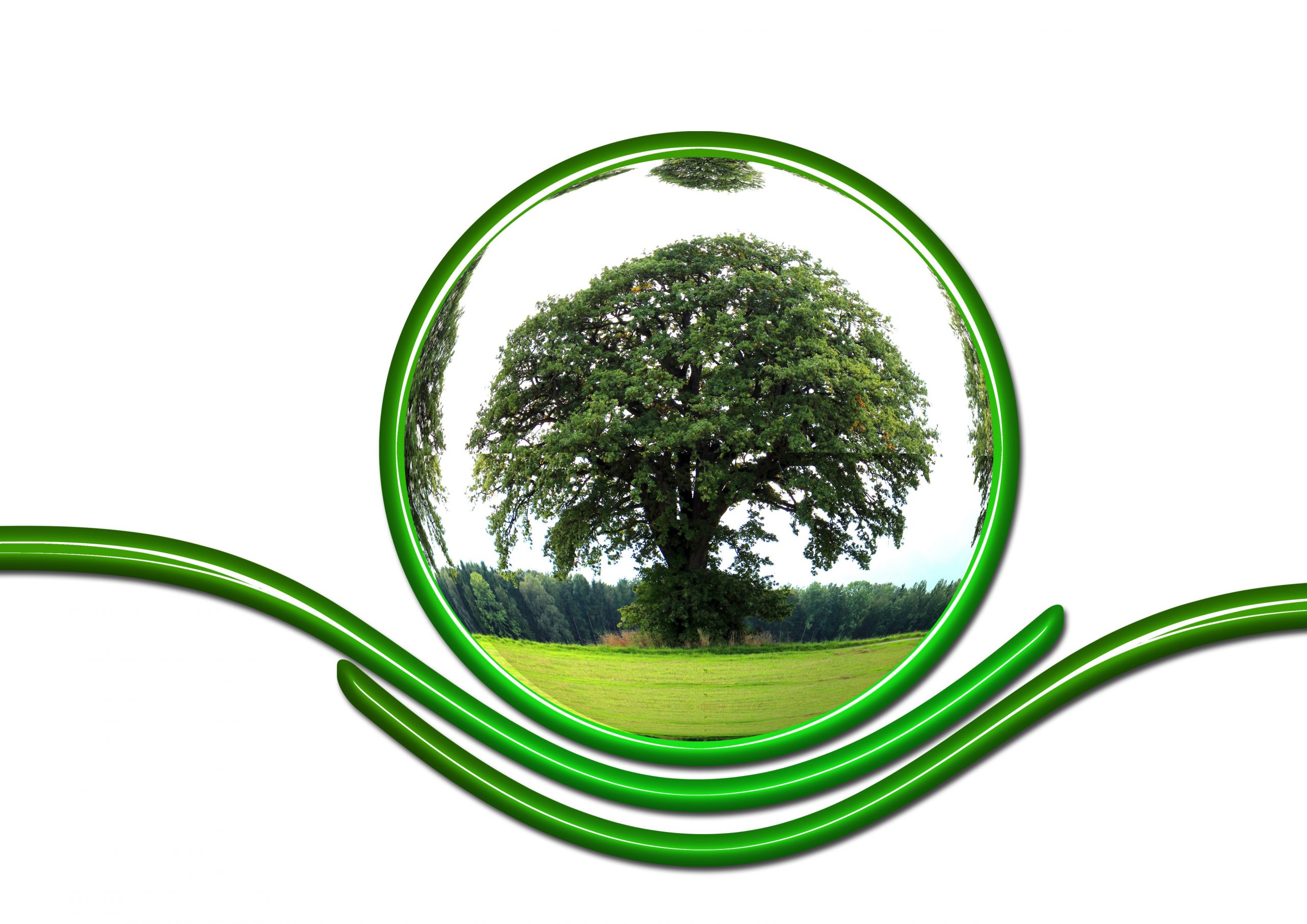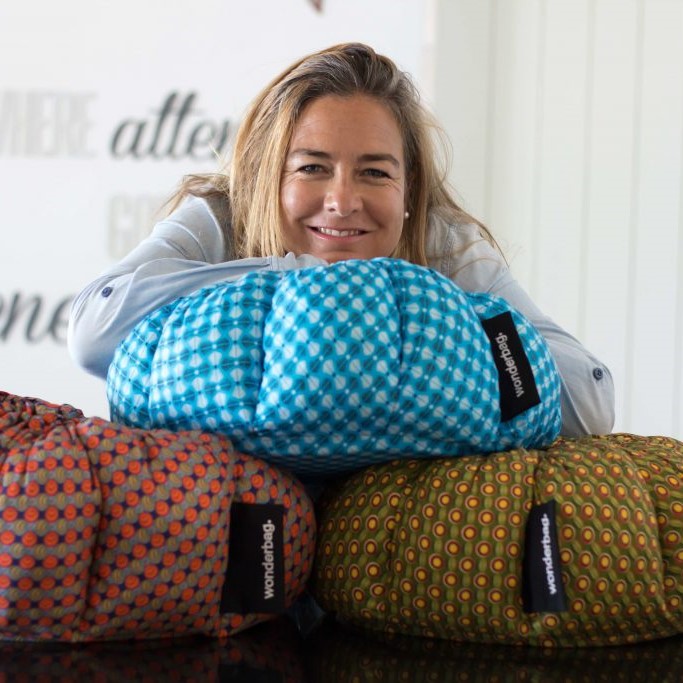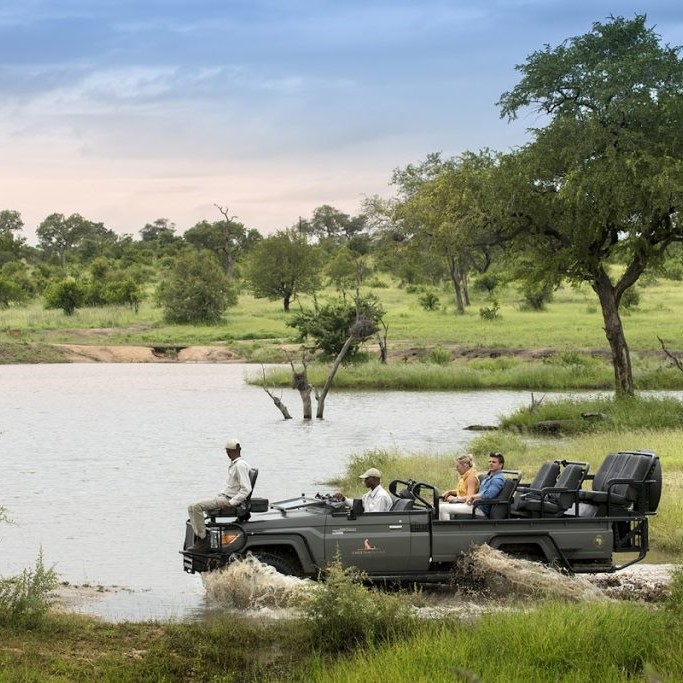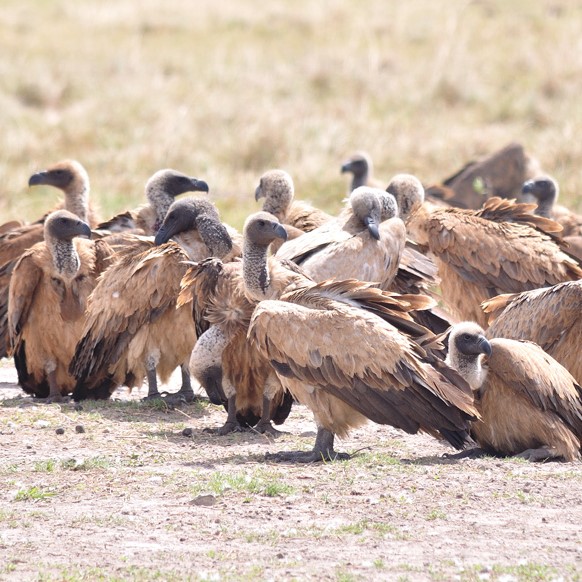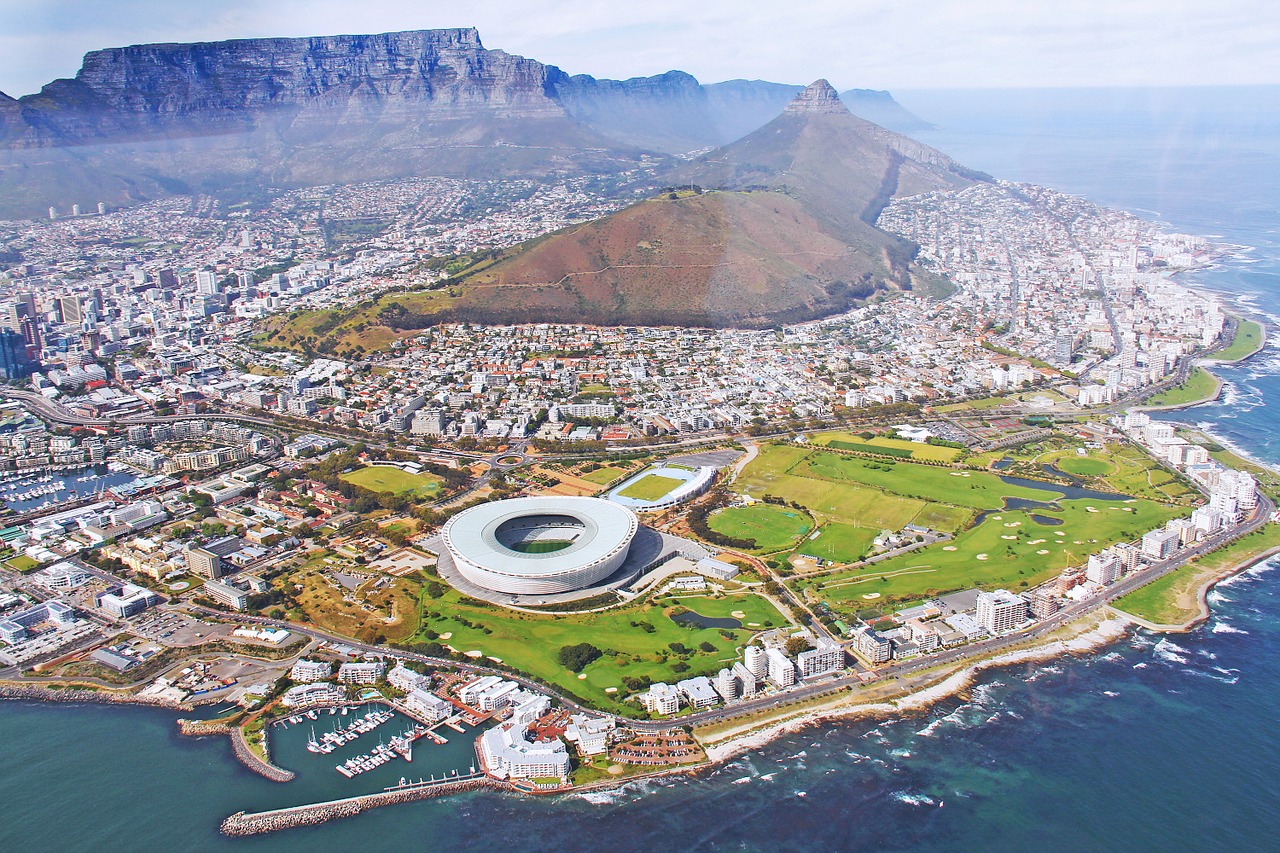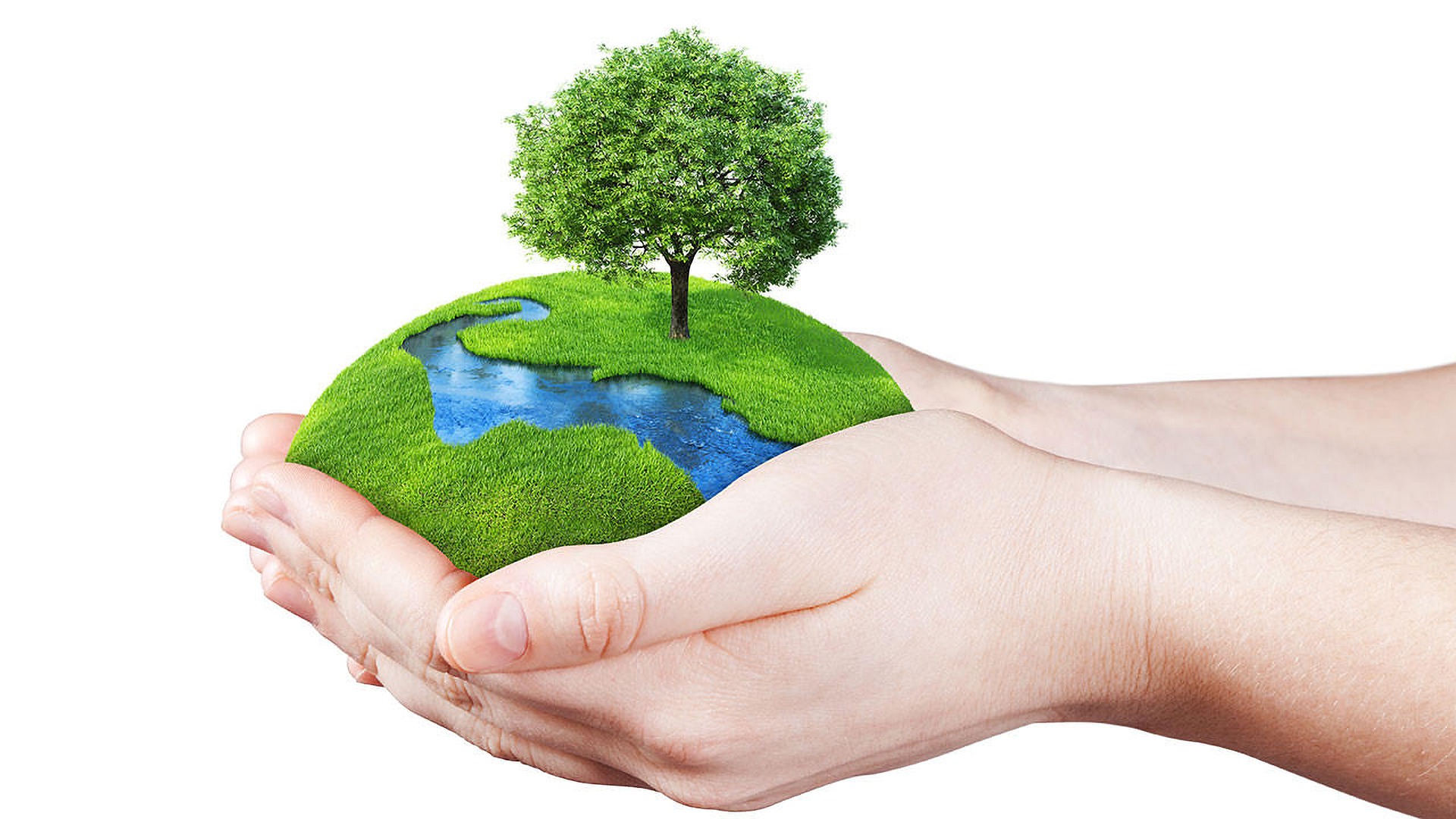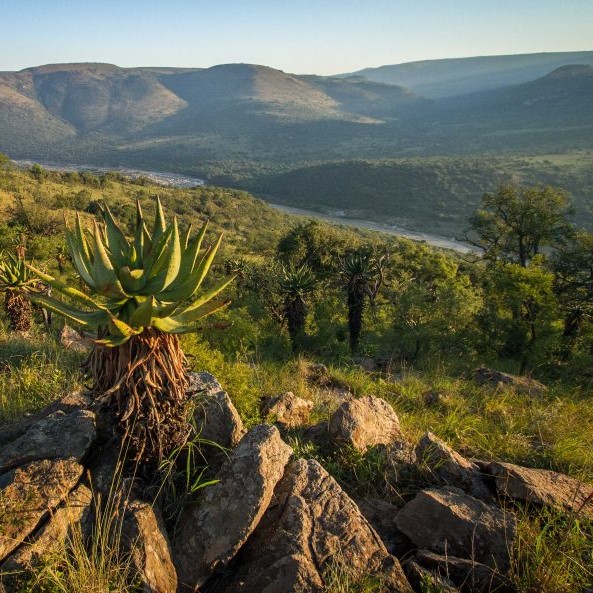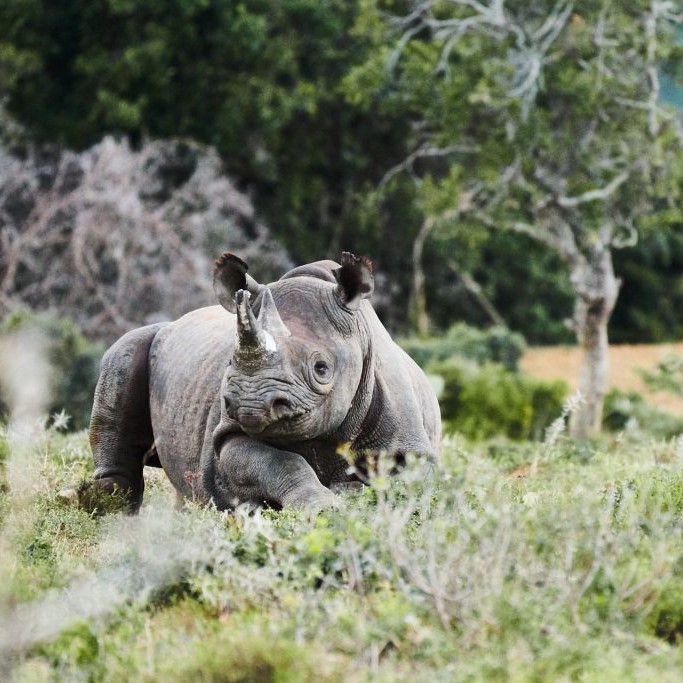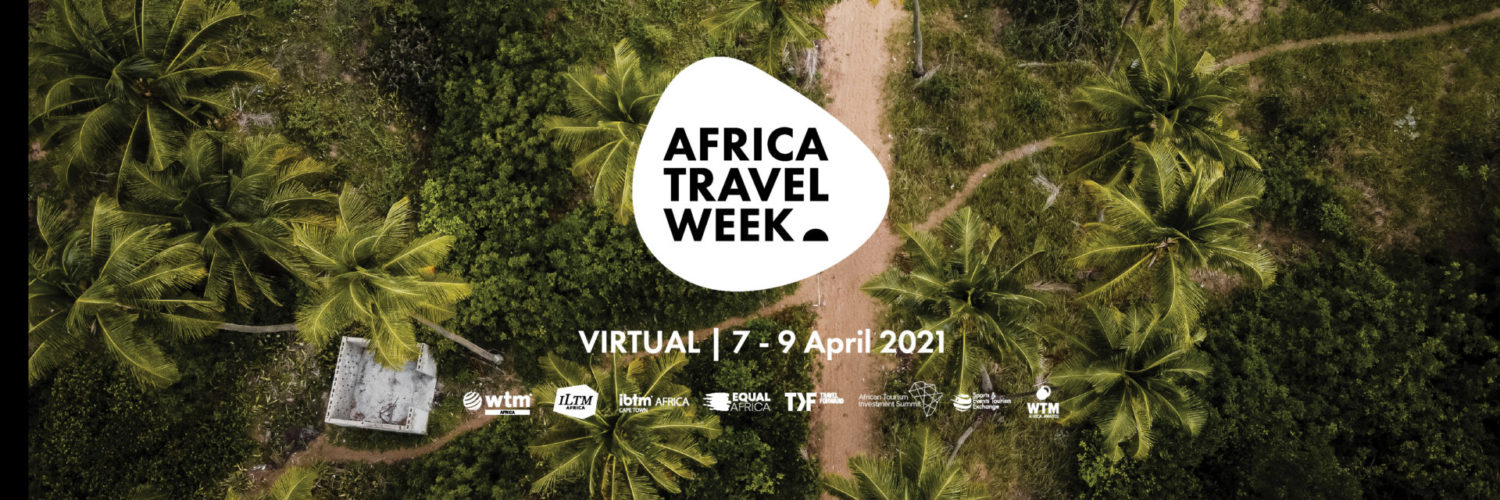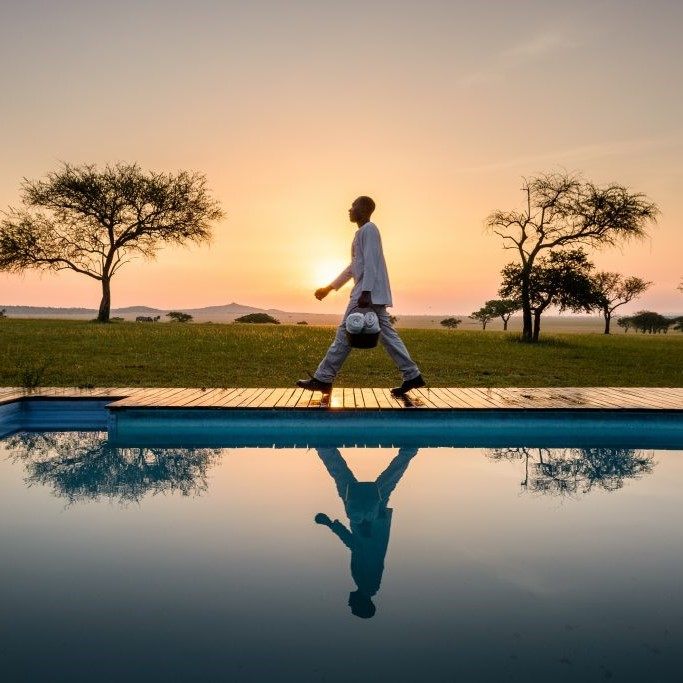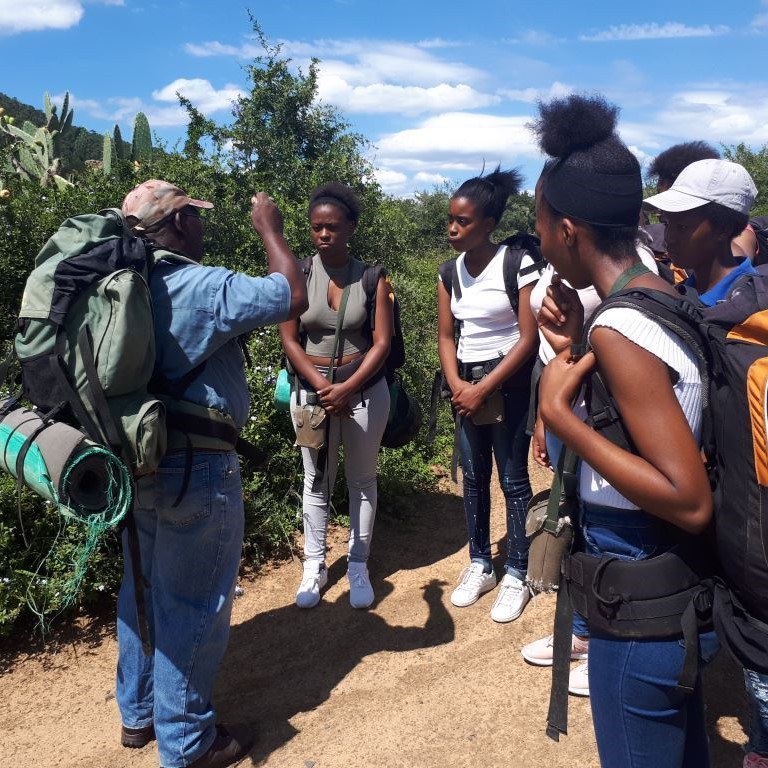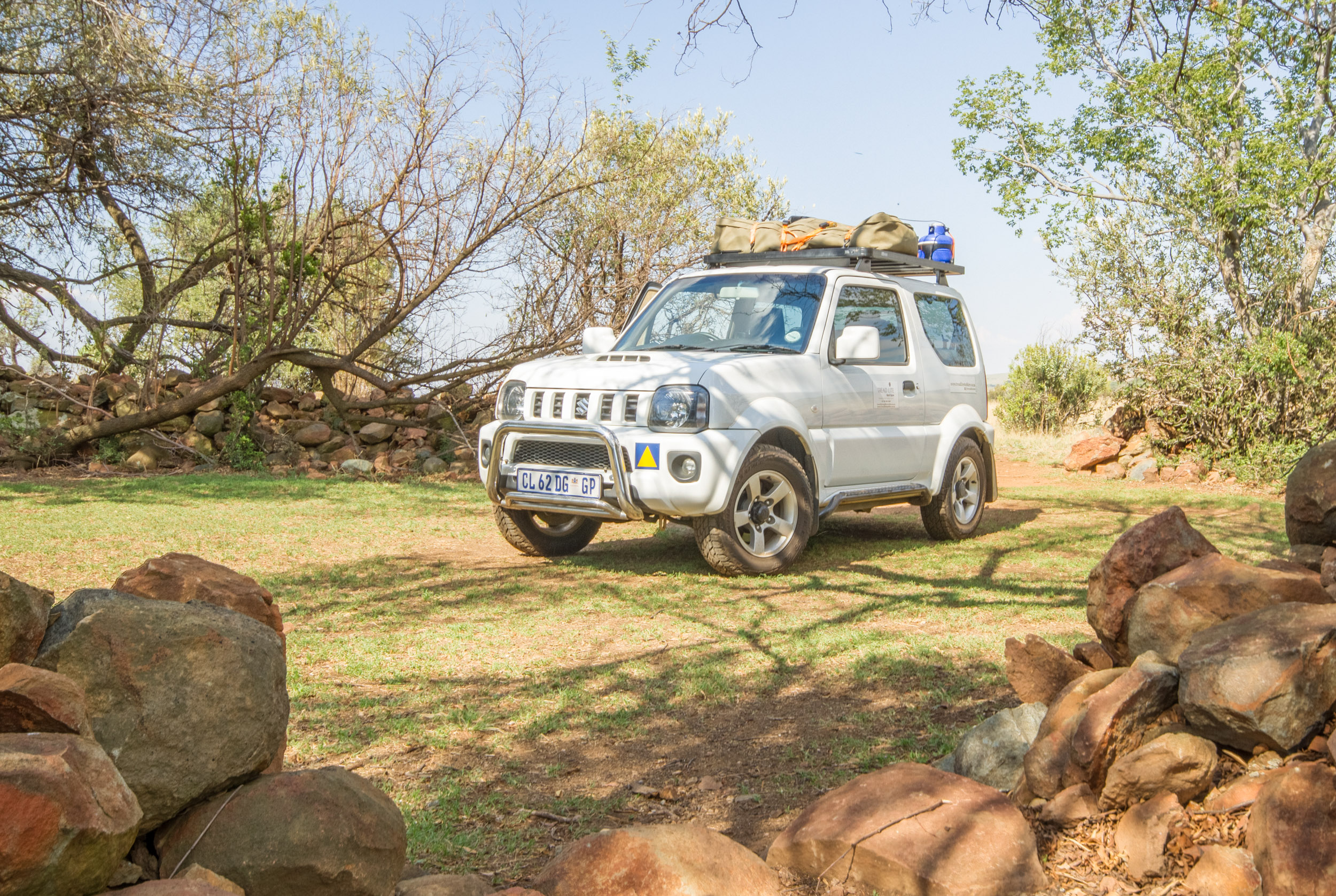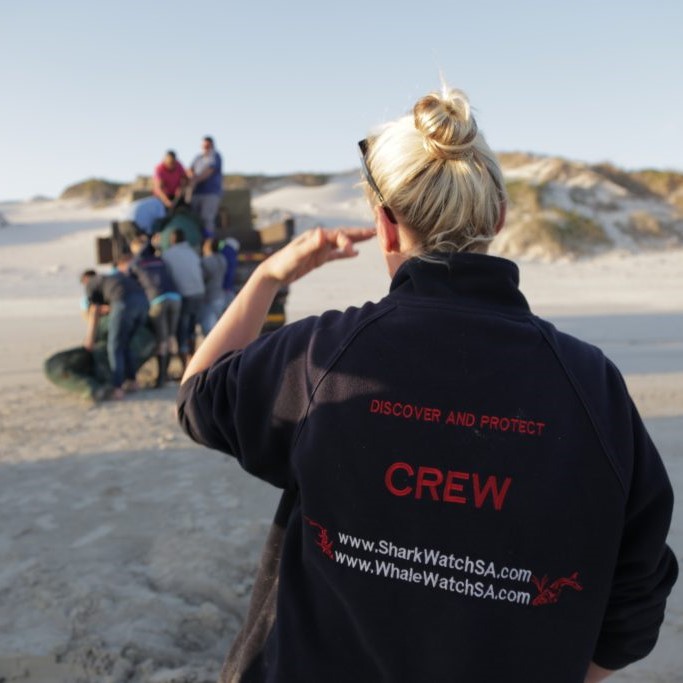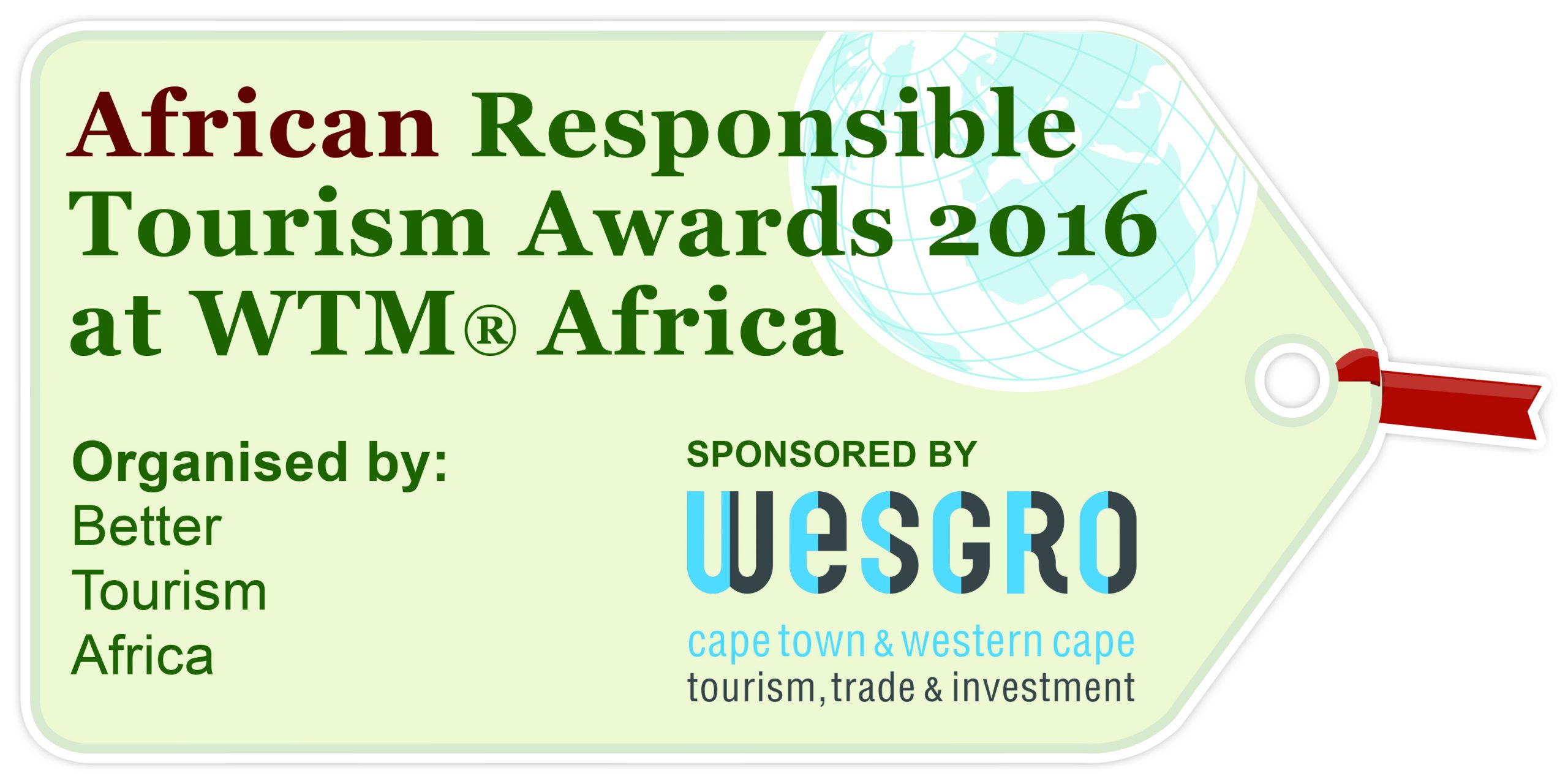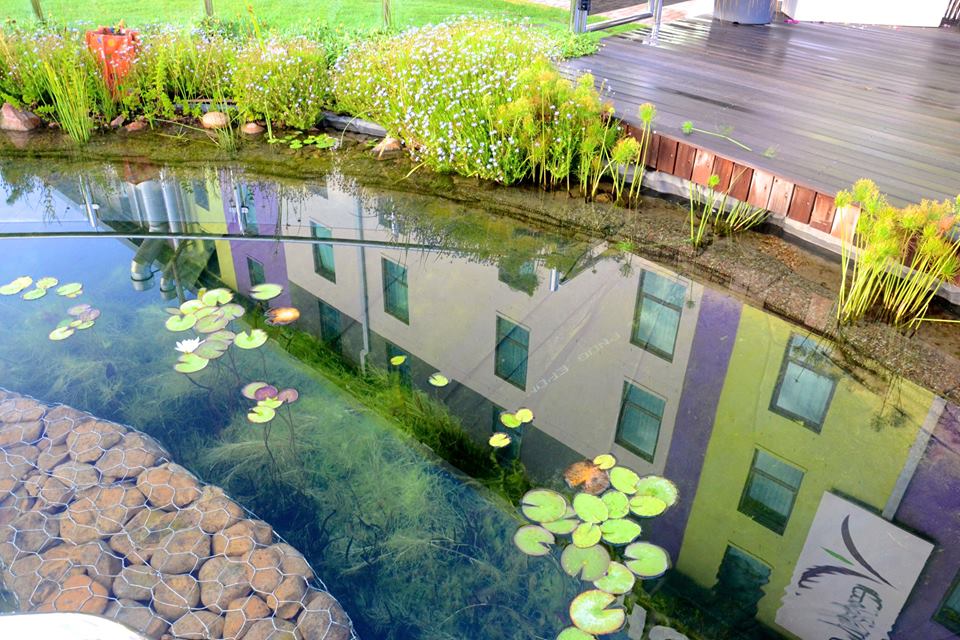Thanks to local NGO Project 90 by 2030 the Two Oceans Aquarium is one of six renewable energy demonstration sites in South Africa. With funding from the German government the Aquarium installed solar panels and a wind turbine and this renewable energy is feeding power to the admin offices on the east side of the Aquarium building. Not only is the Aquarium using less energy from the national grid, it is also using the renewable technologies to educate its visitors about energy.
Dr Pat Garratt, Managing Director of the Aquarium said, “The main theme of the project is to provide a physical educational reference from which the Aquarium and Project by 2030 can inform the public and visiting school groups about the benefits of renewable energy resources and what the average visitor can do to help reduce energy consumption in South Africa. It is hoped that this will help Project 90 by 2030 to reach its goal of South Africa reducing carbon emissions by 90% by the year 2030”.
According to Mike de Maine, the Aquarium’s Technical Manager and the driving force behind the organisation’s energy-saving initiatives, ““Project 90 by 2030 is a great initiative to help educate people around reduction in power consumption which leads to a reduction in carbon emissions with the end goal of saving the planet.”
The wind turbine which is clearly visible on the entrance archway to the Aquarium is a vertical turbine as opposed to a horizontal turbine. The rationale for this choice is that vertical turbines are less noisy and they are also more visible to birds thereby reducing the potential of bird fatalities. The vertical turbine is also more aesthetically pleasing or as Mike says, “It’s damn sexy!”.
How does it work?
Wind turbines work pretty much the same way as windmills. As the wind causes the blades to turn, the blades collect the wind’s energy. The blades are connected to a drive shaft that turns an electric generator to produce electricity.
Technical specifications:
- The VAWT recommended for this project was the UGE 1kW VAWT which is rated 1 kW at 12m/s. UGE claims the unit can withstand gusts of up to 55 m/s far in excess of the strongest gusts measured at the Cape TownInternationalAirport. The VAWT also complies with all IEC61400 certifications.
- The wind turbine generates wild AC, which needs to be converted to DC. The DC power is fed into a grid inverter where it is converted to compatible AC grid voltage and frequency. In order to regulate the unit when there is a power failure, a regulator, connected to a dump load is required.
- All the required equipment was supplied and installed by Power Solutions (www.powersolutions.co.za).
The Aquarium installed simple informative posters to explain to its visitors how wind and solar energy work.
“We will continue to strive to reduce our energy consumption as much as possible, become as energy-efficient as possible and look for ways to incorporate renewable energy (which we believe is the way of the future) into our operations. We would like the Aquarium to be a leading example of what can be done in South Africa and also showcase to our international peers what aquariums around the world can do to reduce their footprints” said Mike.
Pics & information: Helen Lockhart, Communications & Sustainability Manager, Two Oceans Aquarium.



